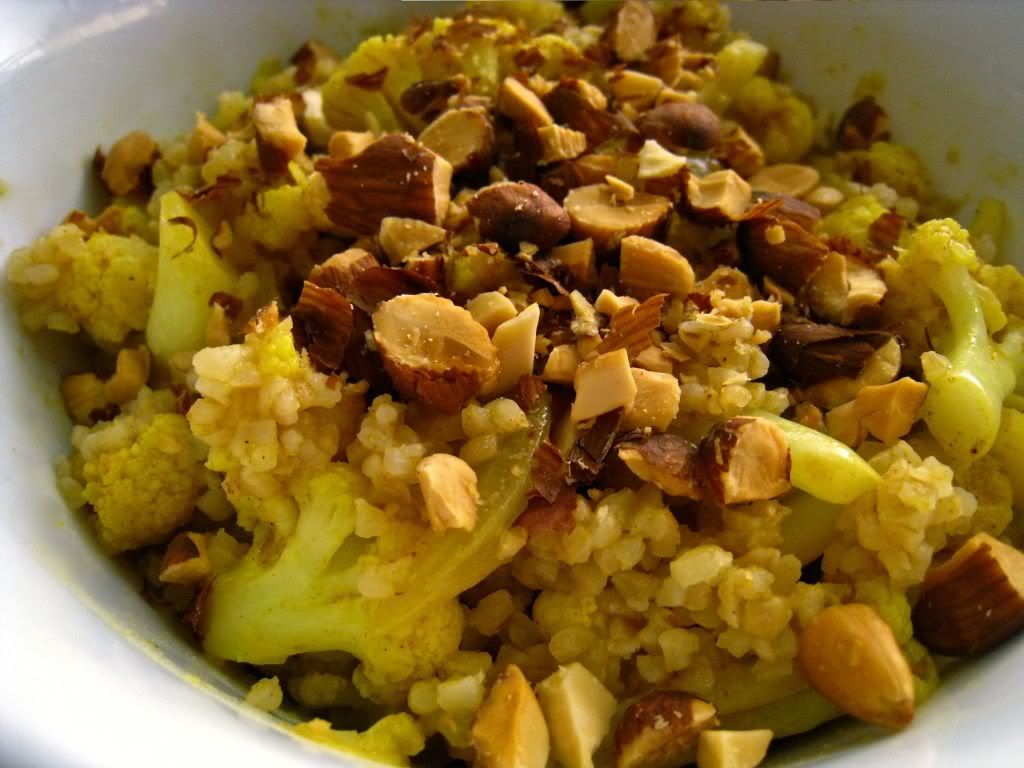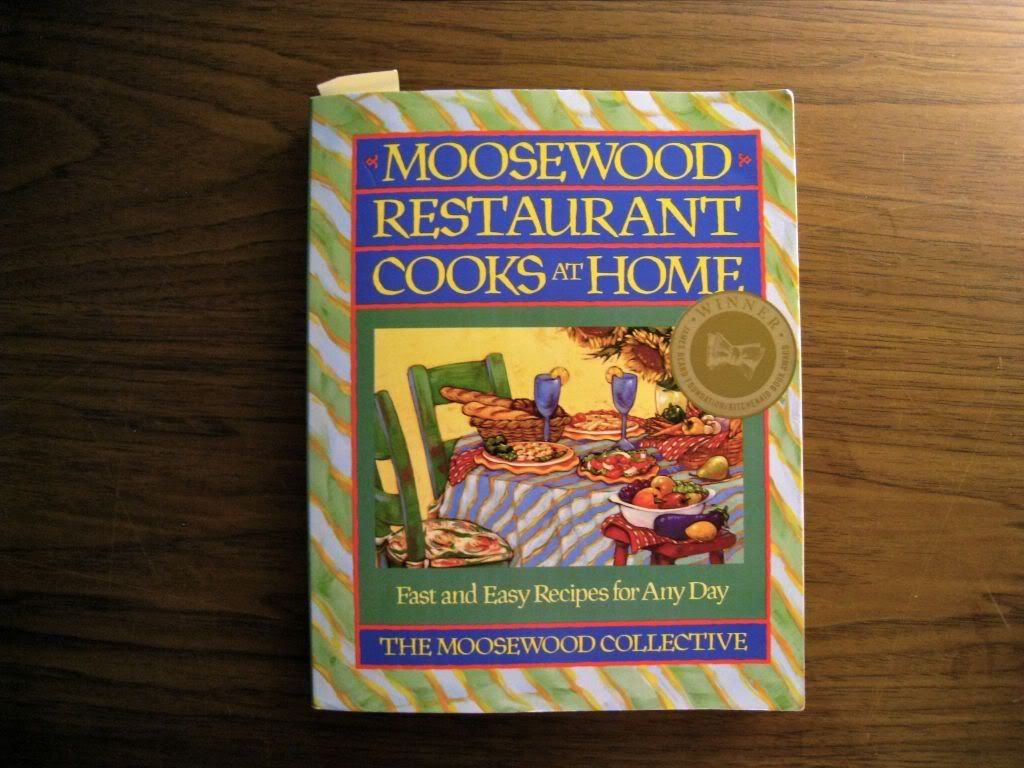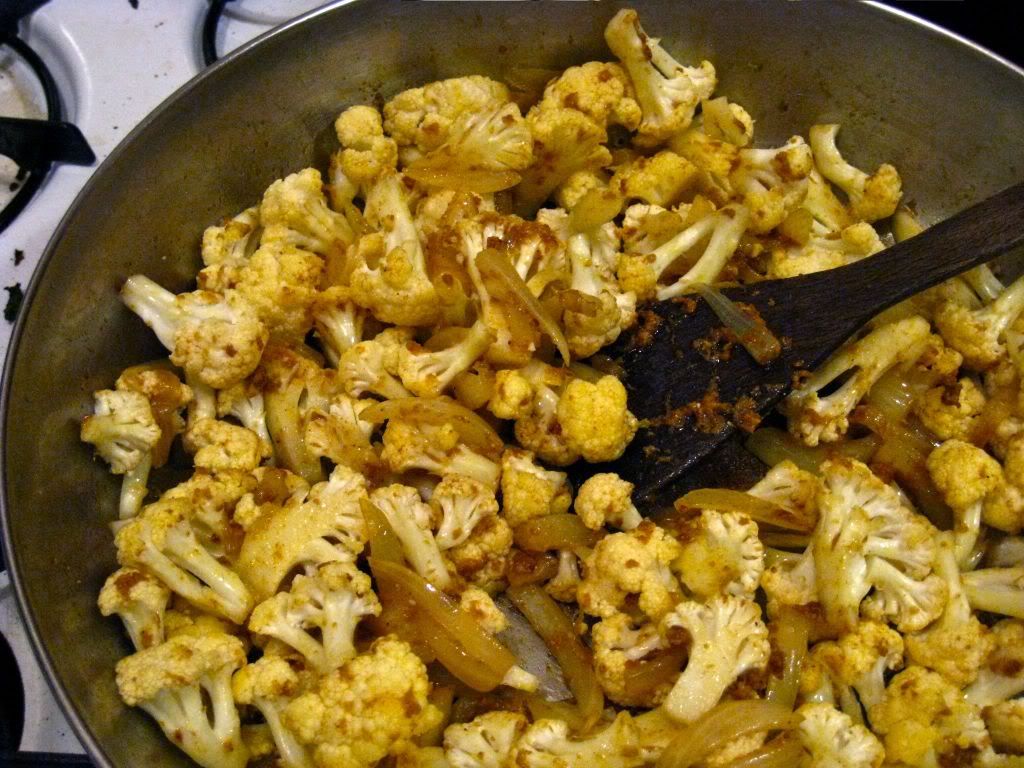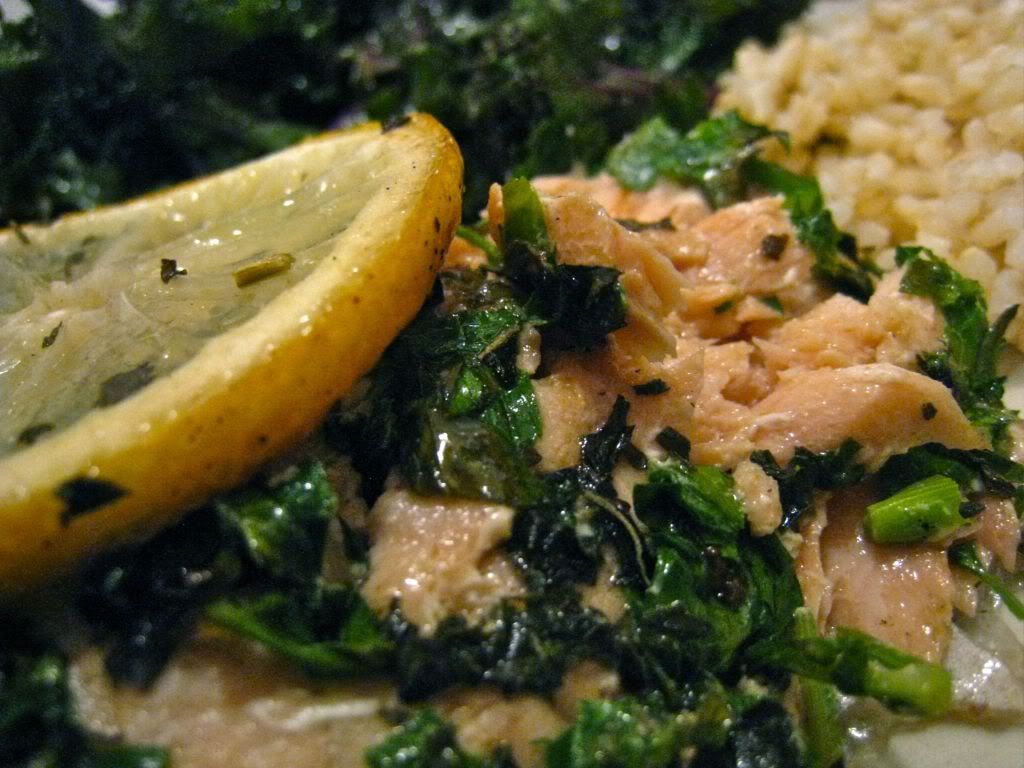 Guys. I have exciting news. You can peel ginger with a spoon!
Guys. I have exciting news. You can peel ginger with a spoon!How I learned this is not an exciting story, but I'm going to tell you about it as if it is.
One of my favorite things about our local Co-op is the at-the-end-of-its-shelf-life-use-it-soon-99¢/lb-produce-bin. It's often filled with wonderful stuff that is usually much pricier, like apples or sweet potatoes.
So the other day I was at the Co-op (we call it the coop) and there was an especially exciting treat in the discount bin: giant bags of ginger! I love ginger and I use it all the time, so I snatched one up. Then I got home and realized that even I might not be able to use that much ginger before it goes bad (or gets freezer burn). So I decided to make candied ginger.
 I found tons of recipes for candied ginger online. They were all more or less the same, but I ended up mostly using this one from David Lebovitz and consulting this one from Alton Brown. It was David who taught me the brilliant spoon trick. Instead of painstakingly cutting the peel off ginger with a knife, trying to get around the curves without slicing off too much of the actual flesh (never works), you can just use a spoon and scrape the skin off. This worked really well!
I found tons of recipes for candied ginger online. They were all more or less the same, but I ended up mostly using this one from David Lebovitz and consulting this one from Alton Brown. It was David who taught me the brilliant spoon trick. Instead of painstakingly cutting the peel off ginger with a knife, trying to get around the curves without slicing off too much of the actual flesh (never works), you can just use a spoon and scrape the skin off. This worked really well!
The candied ginger turned out great! It's spicy and sugary and delicious. I like to eat candied ginger plain, but it's also great in cookies or chopped up as a topping over ice cream, or even oatmeal. This particular batch is destined to be holiday gifts. I also ended up with about two cups of thick ginger syrup, that I'm sure would be great in cocktails or, again, over ice cream (let's be honest--I'm probably going to it with ice cream).
I'm not going to post the full recipe here because the ones I followed are really good. But here's an overview:
1. Peel and thinly slice ginger.
2. Simmer in water until tender. David has you simmer a drain a few times. Alton only once. I did it twice.

3. Add a ton of sugar and simmer until there is a thick syrup. I simmered about 40 minutes--longer than either David or Alton said to.

4. Drain slices of ginger and toss in more sugar. Let dry for a few hours or overnight. Enjoy!






































